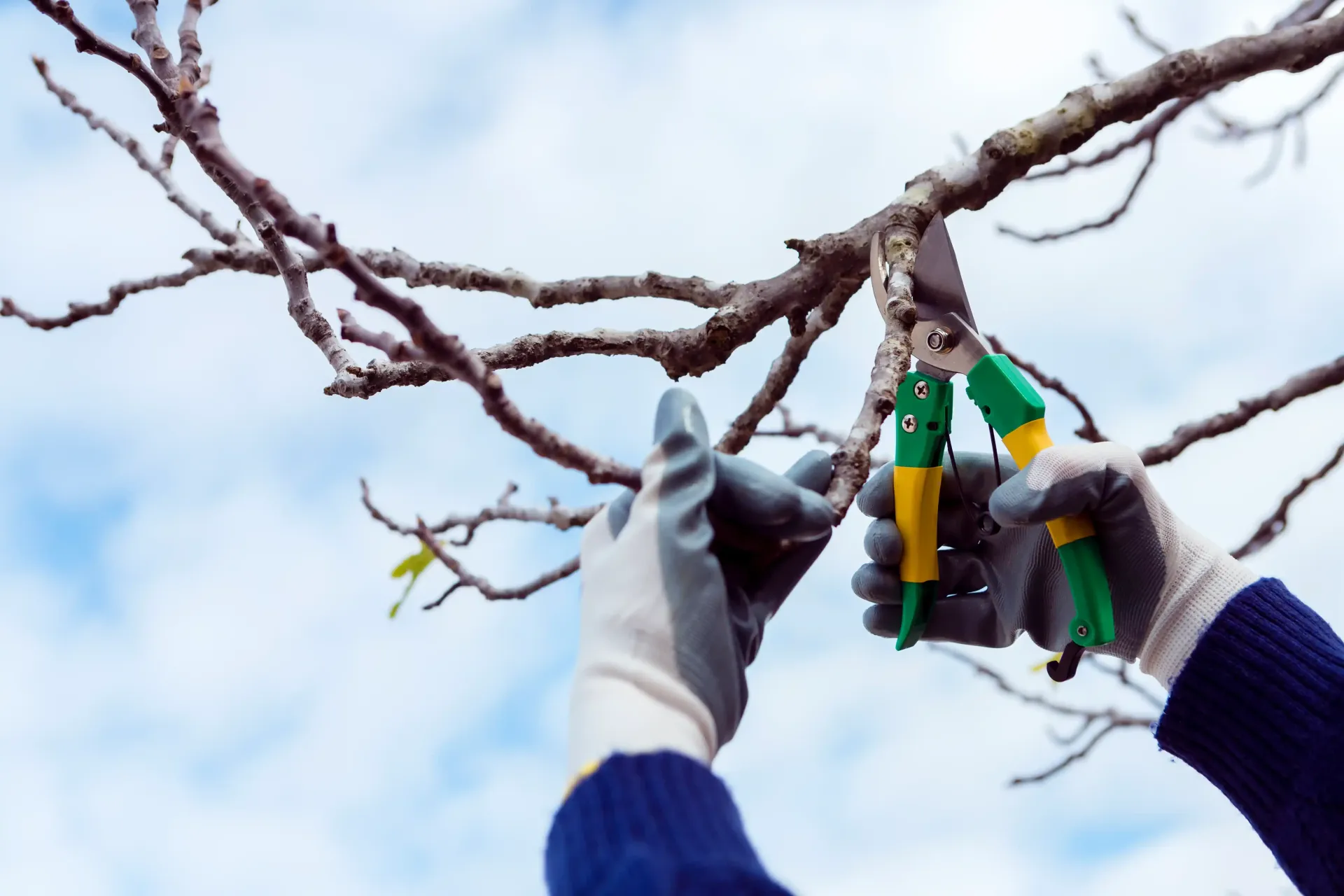Do I Need a Permit to Remove a Tree in My City or Neighborhood?
Do I Need a Permit to Remove a Tree in My City or Neighborhood?
If you’ve got a problem tree on your property — maybe it’s leaning, dropping limbs, or just blocking your plans for a new patio — your first instinct might be to grab a chainsaw and handle it yourself. But before you remove a tree, it’s important to ask one crucial question:
Do I need a permit to remove this tree?
The answer isn’t always straightforward. Depending on where you live, city ordinances, HOA rules, and even state laws might apply to tree removal — especially if the tree is large, protected, or close to public property.
In this post, we’ll break down when you might need a permit, what factors influence the rules, and how to avoid fines or legal trouble before you make your next cut.
Why Permits Exist in the First Place
Cities and towns often regulate tree removal to:
- Preserve the local tree canopy
- Protect mature or historic trees
- Prevent soil erosion and runoff
- Maintain neighborhood character and property values
- Ensure safe removal near power lines or public spaces
Even if the tree is on your property, the city might consider it a protected resource — especially if it’s a specific species, above a certain trunk size, or located near sidewalks, streets, or parks.
Factors That May Require a Permit
Here are the most common situations where a permit is usually required:
1. The tree is large or mature
Many cities have rules based on trunk diameter (usually measured at chest height). Trees over a certain size may require a permit before removal — even if they’re on private property.
2. It’s a protected species
Some tree species are protected because they’re rare, native, or environmentally valuable. Removing them without permission could lead to fines or replanting requirements.
3. Your property is in a designated area
Homes in historic districts, conservation zones, or along waterways often have stricter tree removal rules — especially for trees visible from public spaces.
4. You live in a city with tree preservation ordinances
Cities like Salt Lake City, for example, have rules about removing trees on public parkways, near sidewalks, or even trees considered “landmark” or “heritage” trees.
5. You’re part of a homeowners association (HOA)
Even if your city doesn’t require a permit, your HOA might. Many HOAs regulate tree removal to maintain neighborhood aesthetics or ensure safety.
6. The tree is near utilities
If the tree is close to power lines, water lines, or sewer systems, you may need to get approval from utility companies before removal.
How to Find Out If You Need a Tree Removal Permit
Not sure what applies to you? Here’s what to do before removing any tree:
- Call your city’s planning or public works department
Ask about tree removal permits or urban forestry rules. Some cities have forms you can fill out online. - Search your city website
Use keywords like “tree removal permit,” “tree ordinance,” or “protected trees.” Look for PDFs or a page dedicated to tree regulations. - Check with your HOA (if applicable)
Review your CC&Rs (Covenants, Conditions & Restrictions) or contact your HOA board to confirm if approval is needed. - Consult a licensed tree service
Professionals like Noble Tree Service are already familiar with local rules and can help guide you through the process or handle it for you.
What Happens If You Remove a Tree Without a Permit?
Depending on your location, unauthorized tree removal can result in:
- Fines ranging from hundreds to thousands of dollars
- Required replanting of one or more trees
- Delays in building permits or property sales
- Legal issues with the city or your HOA
And here’s the kicker — in some areas, even attempting to remove a protected tree without approval can lead to penalties.
Good News: Not Every Tree Needs a Permit
If your tree is small, clearly dead or hazardous, and not near public land, chances are you don’t need a permit. Many cities allow homeowners to remove certain trees without any paperwork — especially if the tree:
- Has a trunk diameter under a set limit (often under 10 inches)
- Is clearly diseased, rotting, or dead
- Was planted by you and isn’t part of city planning
- Is located away from sidewalks, utilities, or other structures
Still, it’s always better to double-check than to assume.
Need Help Navigating the Rules? We’ve Got You Covered.
At Noble Tree Service, we’re not just here to cut and clean. We know the local rules, city ordinances, and how to help you avoid red tape. We can:
- Let you know if a permit is required
- Help you file the paperwork
- Coordinate with your city or HOA
- Remove your tree safely and legally
Whether you’re in Murray, Salt Lake City, or one of the nearby towns, we’re happy to guide you through the process and make tree removal simple.
Book Your Free Tree Assessment Today
Before you risk fines or frustration, let’s take a look at your tree together. We’ll tell you whether it can be removed safely, if a permit is required, and what your best options are.
Call Noble Tree Service or request a free quote online. We’ll handle the hard stuff — so you can get back to enjoying your yard without worry.
You might also like
The BloggingTree!




